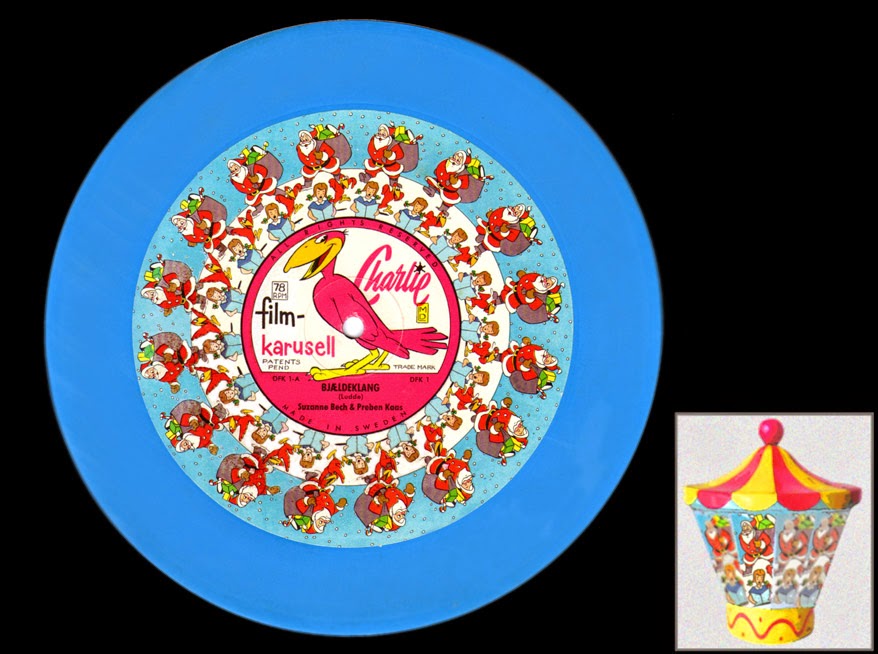35 MM FILM
Leica was
the first practical camera that used 1.5 m lengths of standard 35 mm Cine
Film. By horizontal transport the frame size got 24×36 mm. That became a very
popular format throughout the century.
A Leica? No,
just an old Zorki S. It’s a Leica II clone made in Krasnogorsk Mechanical
Factory Leningrad USSR as late as 1957. Like the Leica camera it had a coupled range-finder and
film change was through the bottom plate. The lens is an Industar-22 f3.5 /
50mm (a copy of the Leitz Elmar).
I joined the Photo Club at high school in 1954, same year as the very first Agfa Silette came on the market. In order to afford this marvel I took a job in the summer holidays. 36 pictures on one roll of film! It had “everything” but automatic devices.
Very educational !
The amount of extra equipment grew pretty soon:
A. The lens
hood was mounted at the end of the lens to block the sun or other light source in
order to prevent glare and flare.
B. Blue and ultraviolet light in skies often resulted in pictures with a totally white sky on black and white film. A yellow filter gave a nice contrast to the clouds.
C. The macro lens was useful for close-up shots of small objects. Focusing was available by following a manual.
D. The camera had a
synchronizer contact for a flash light when the shutter opened. The bulbs were
disposable, used only once and then discarded. But indoors with a film speed of
40 ASA no other method was available then.
E. My cheap light meter contained a graduated blue filter supposed to be turned until the incoming light was no longer visible. Then the scale could be read. That kind of subjective interpretation often failed.
But from a dear friend I got this wonderful beauty
.
GOSSEN SIXTOMAT was made in Erlangen Germany mid 1950’s. This light meter was based on the photoelectric properties of Selenium, so no batteries were needed. It worked perfectly for two decades.
BLACK AND WHITE
35 mm film needed a proper
enlarger. I
took care of this PRAXIDOX as a dear memory
of my high school photo club. It was made in the early 1930’s by Kamera Werkstätten Dresden Germany. Equipped
with a double condenser and a Meyer Görliz Primotar 1:3.5 lens it was the best
pre-war enlarger available to us in the 1950’s.
Why did we young amateurs take
that great pain making black and white pictures?
Well, to tamper with the photos to our own taste in a dark room was simply great fun!
COLOR
KODACOLOR was available. Color paper prints
10x15 cm were developed in professional labs. They were expensive and
seldom came out to our expectations. The colors soon bleached and the prints
faded out.
But
KODACHROME color reversal film was the first successful color material,
used for both cinematography and still photography slides. It was
the most archival color film for many decades. We were impressed
by the outstanding quality.
By extensive
marketing the Eastman Kodak Company popularized the use of 35mm film. It
brought photography to the mainstream and kept the products going through the
entire 20'Th century. KODAK was the most well-known trademark in the
world.
But where to get a projector?
Our school had invested in an
expensive 35 mm projector called Unoscop that seemed to be standard in
Scandinavia in the 1950’s. For us amateurs there was a cheaper cute little
models called 351. Made by Fritz Weist & Co Stockholm Sweden, it worked well
and had a magnificent lens: Voigtländer Dynar 1:2.5 / 80
A simple portable tripod with white projection screen from Projecta Holland.
So projected color slides from 35 mm film for home entertainment was new to us.
We became very enthusiastic and thought it looked "almost like in the Cinema".















































